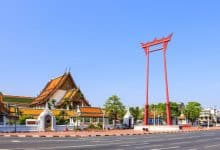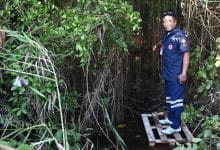Why is Bangkok’s air quality so bad?
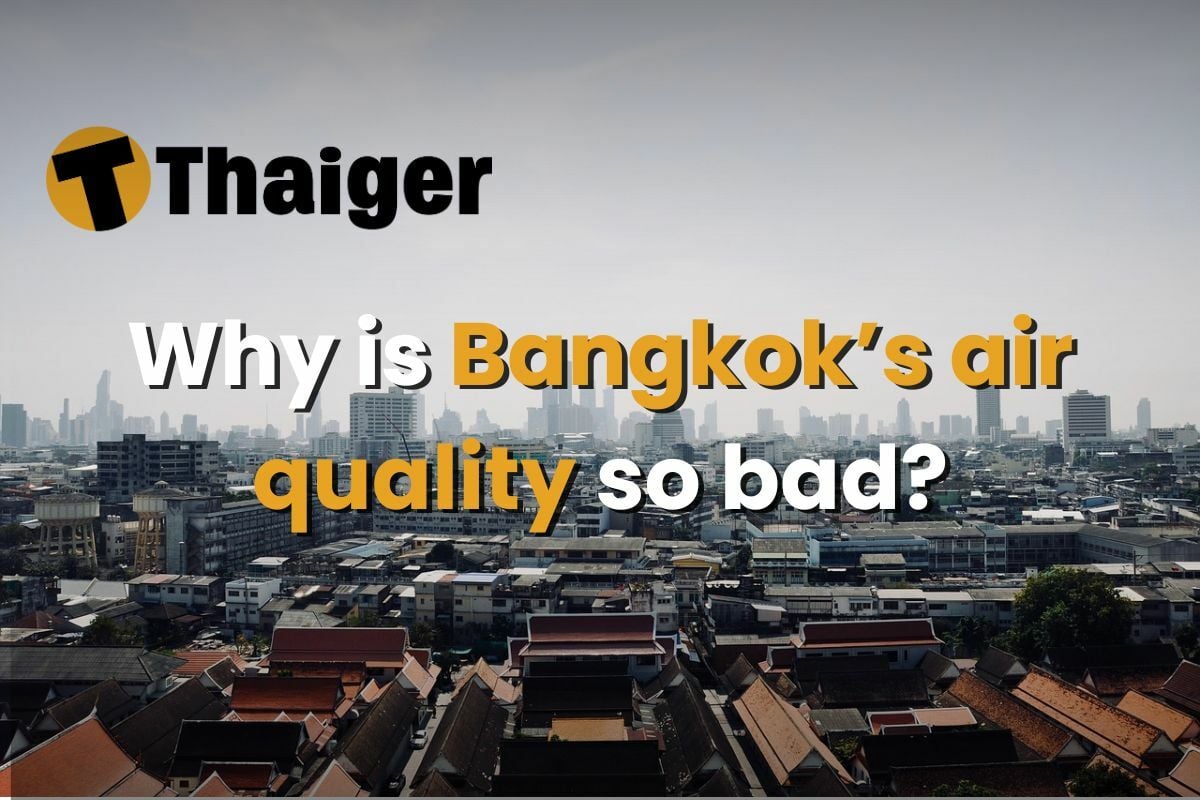
Imagine waking up early in Bangkok and you see all the beautiful morning fog from your balcony, but as you sip your coffee you realise it’s just Bangkok’s air pollution that’s making the sun rise aesthetic. Ranked as the 36th most air-polluted country in the world, Thailand has been facing challenges with air quality as of late.
Many factors translate to this mass pollution, ultimately lowering the quality of air. The issue has become more urgent than ever as on January 8, Bangkok found its way to rank 8 on the list of the most polluted cities in the world. In most cases, dust pollution is over five times the levels deemed safe.
To get a better idea of how air pollution got so bad, the National Economic and Social Development Council (NESDC) shared that over 10 million Thais sought treatments for pollution-related sicknesses in 2023 alone. Now, let’s take a closer look at the different types of pollution affecting Bangkok, and how has the air quality deteriorated so badly. Cigna provides health insurance plans designed to help with health risks from air pollution, making it easier to access care when needed.
Internal factors
As the city develops, industrialisation efforts play a key role in bringing poor air quality to the city. Vehicles, machines & factories commonly release toxic emissions that mainly contribute to Bangkok’s air pollution. Mega skyscrapers also cover the natural airflow in urban areas, worsened by traffic congestion releasing toxic gases. Ultimately, the city centre has become a breeding ground for pollution.
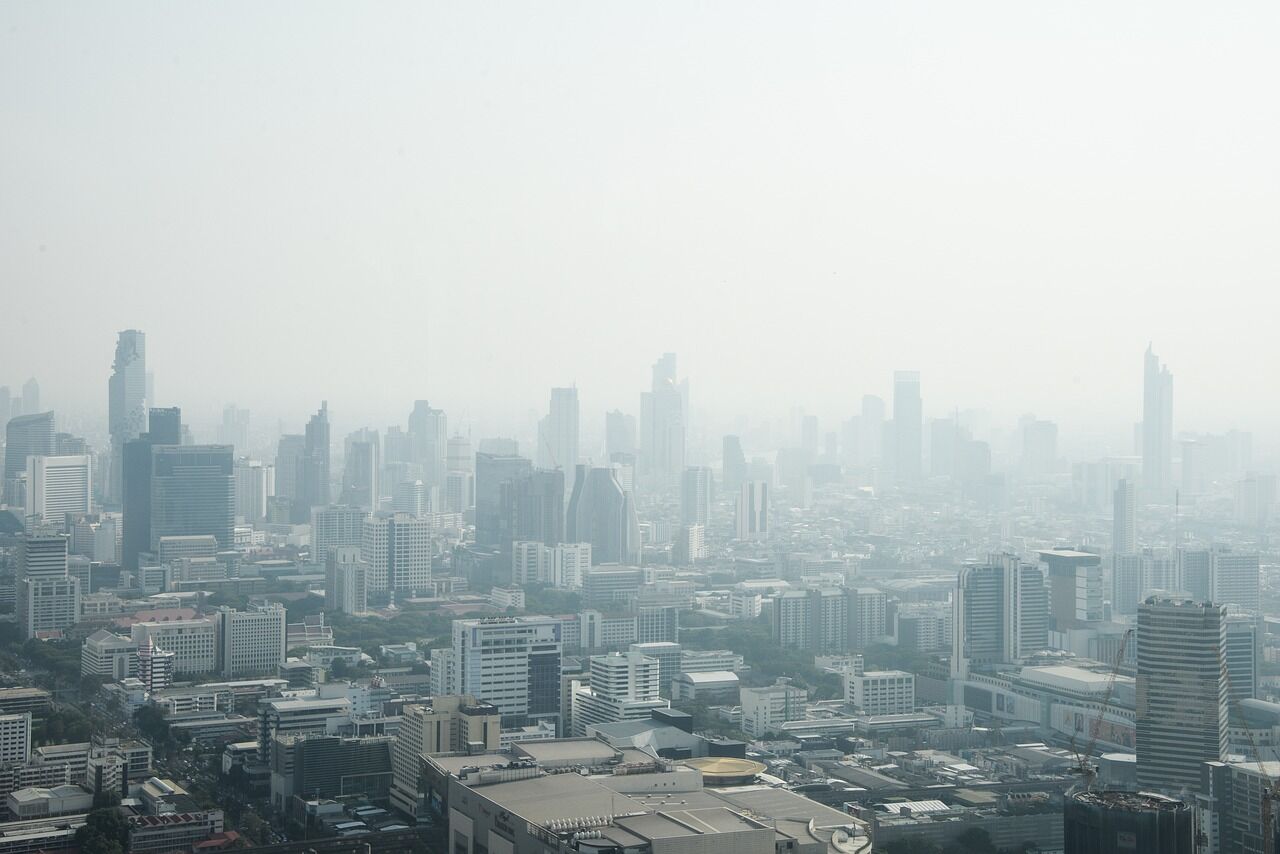
Vehicular emissions
The worsening air pollution in Bangkok can primarily be pinpointed to vehicular emissions, which generate approximately 60% of the city’s PM2.5 emissions. Additionally, given the fact that diesel vehicles make up a quarter of Bangkok’s registered vehicles, we start to see how dire the situation really is.
These diesel-powered vehicles, many of which are ageing and fail to meet current emission standards, contribute disproportionately to the city’s air quality issues.
Recent efforts by the Bangkok Metropolitan Administration (BMA) to address this problem revealed that out of 135,000 vehicles inspected for emissions, 2,141 failed to meet standards, with trucks accounting for 529 of these failures.
High population density
Bangkok is the most populated city in Thailand, it’s no surprise the city’s rapid urbanisation has contributed greatly to air pollution, with residential and commercial areas expanding into previously green spaces. This development often lacks proper public transport options, forcing residents to rely heavily on personal vehicles.
For the most part, public transportation, especially the fleet of older diesel buses, does little to help negate the pollution crisis.
External factors
Bangkok’s air quality problems extend far beyond its city boundaries. Traditional practices across Thailand and neighbouring Southeast Asian countries, such as crop burning, only contribute to additional pollutants being directed to the city’s already burdened atmosphere.
The city’s weather patterns compound these issues as given Bangkok’s geographical location, the climate can trap pollutants, creating stagnant air conditions that allow contaminants to linger and accumulate over the metropolitan area.
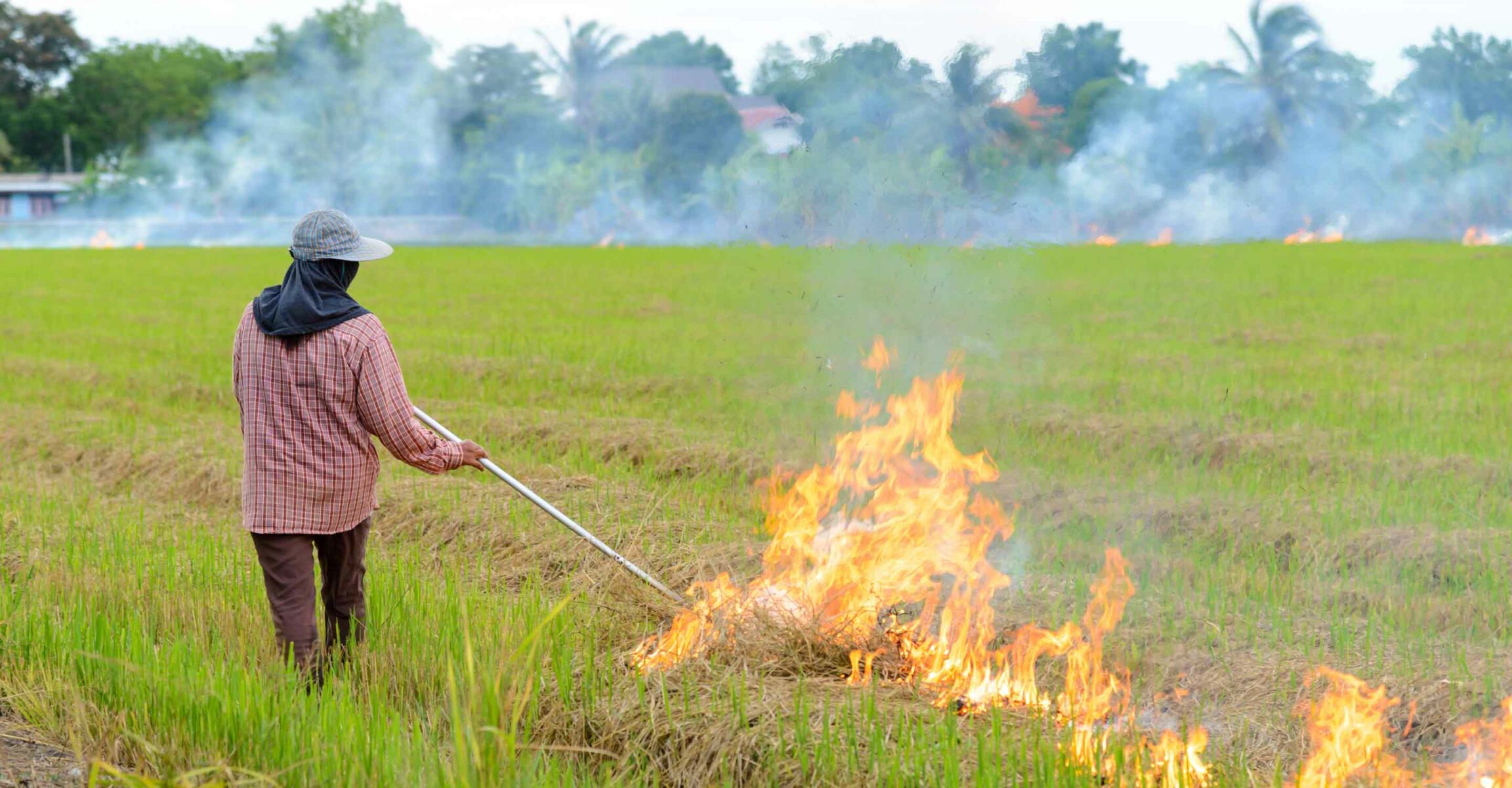
Agricultural burning
Every year during Thailand’s dry season (November to April), the nation’s agricultural practices majorly impact air quality through a traditional farming method known as slash and burn, which dates back over 10,000 years.
This technique, mostly done in northern Thailand, involves farmers burning crop residues such as rice straw to fertilise their fields for the next planting season.
The resulting smoke blankets a thick smog over northern cities such as Chiang Mai, with the most severe period typically occurring between mid-January and mid-April. During this burning season, the surrounding landscape transforms dramatically – rice fields turn to dry earth, leaves fall, and the air quality deteriorates significantly, affecting not only local regions like Bangkok but also spreading to neighbouring countries like Myanmar and Laos.
This contributes to roughly 18% of Thailand’s emissions.
Industrial emissions
Factories-centric cities and industrial powerhouses such as Rayong or Samut Prakan are seeing an uptick in factories which only worsens the air pollution problem. In these regions, the expanding petrochemical sector releases a steady stream of volatile organic compounds (VOCs) into the surrounding air.
Although beneficial to keep the wheels turning in the Thai economy, they remain detrimental to the air quality overall.
These industrial emissions have cast a shadow on the local environment, transforming what was once a coastal area into one of Thailand’s most pollution-challenged industrial hubs. The concentration of manufacturing facilities within these industrial zones has created a compound effect, where multiple sources of pollutants merge to create a collective threat to air quality.
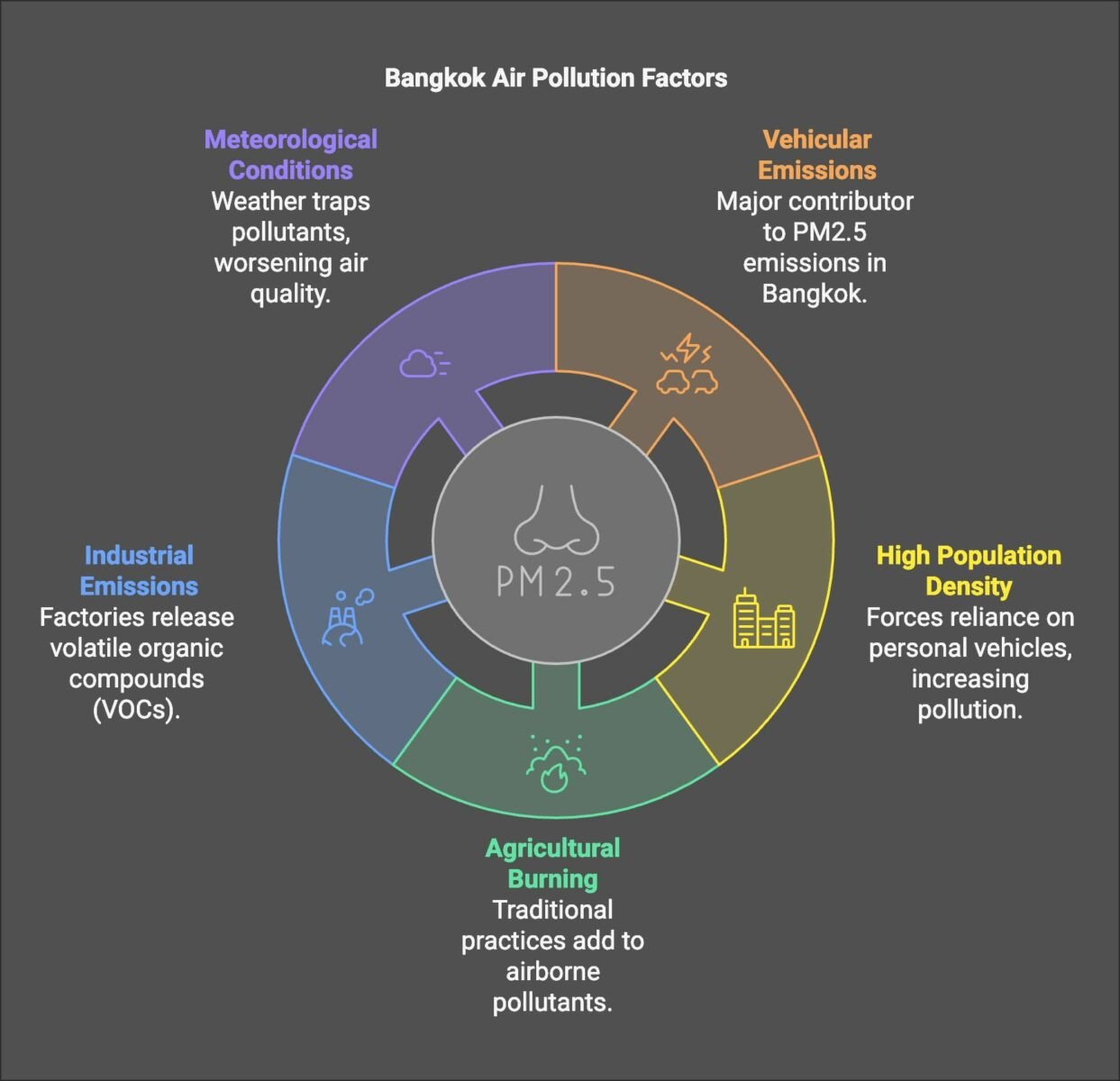
Meteorological conditions
Bangkok’s air pollution gets worse during the dry season when the weather traps dirty air close to the ground, like a lid on a pot. When there’s little wind and high humidity, the polluted air sits dormant instead of being swept away by Mother Nature.
This creates a blanket of pollution that hovers over the city, worsening the air quality for residents. Especially, in urban areas where skyscrapers and huge buildings get in the way of the wind.
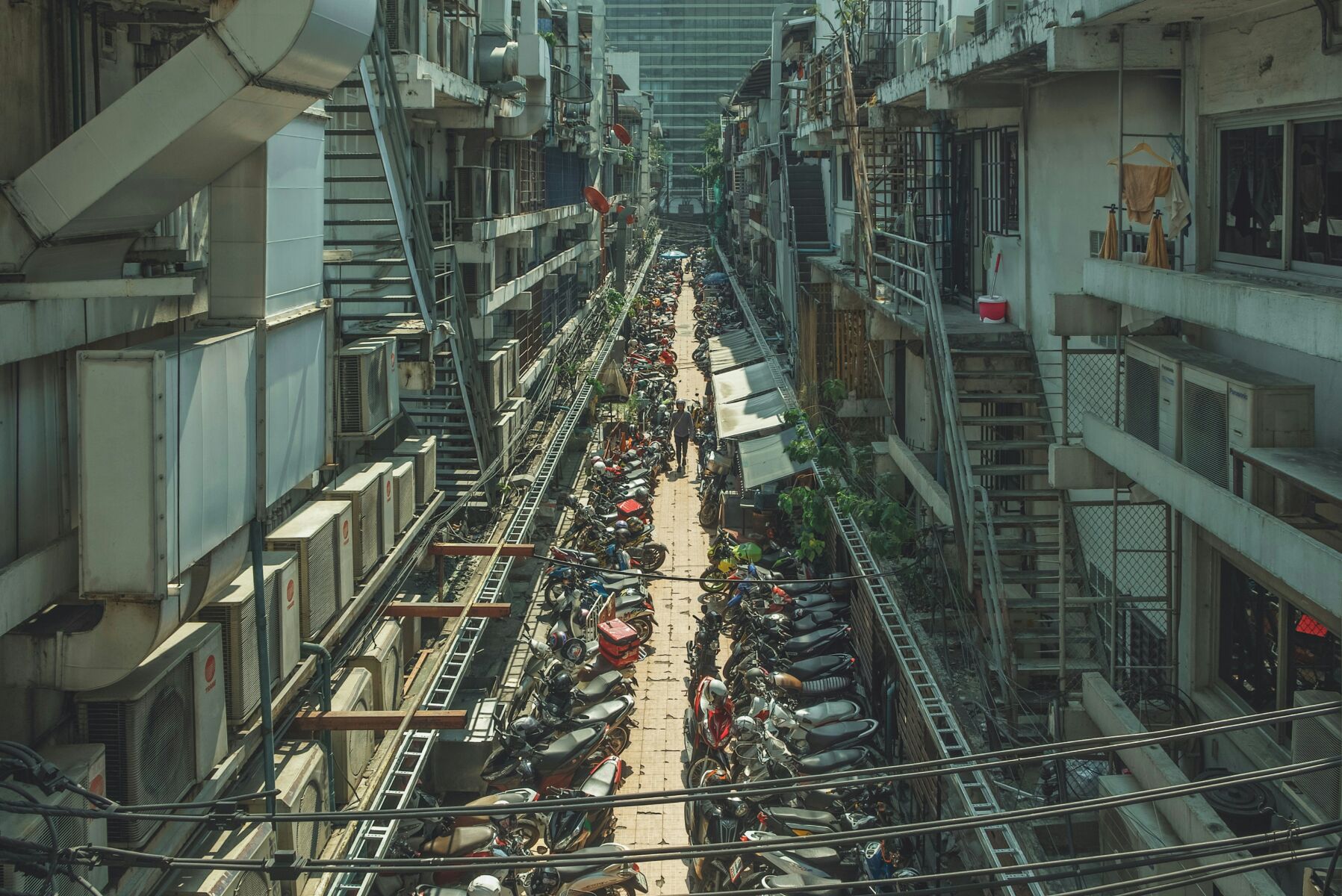
Different types of pollutants
Air pollution consists of two distinct categories of harmful particles: primary pollutants, which are released directly into the atmosphere from their sources, and secondary pollutants, which form when different airborne substances react with each other in the environment.
These two classifications help scientists and policymakers better understand and address the complex nature of air contamination.
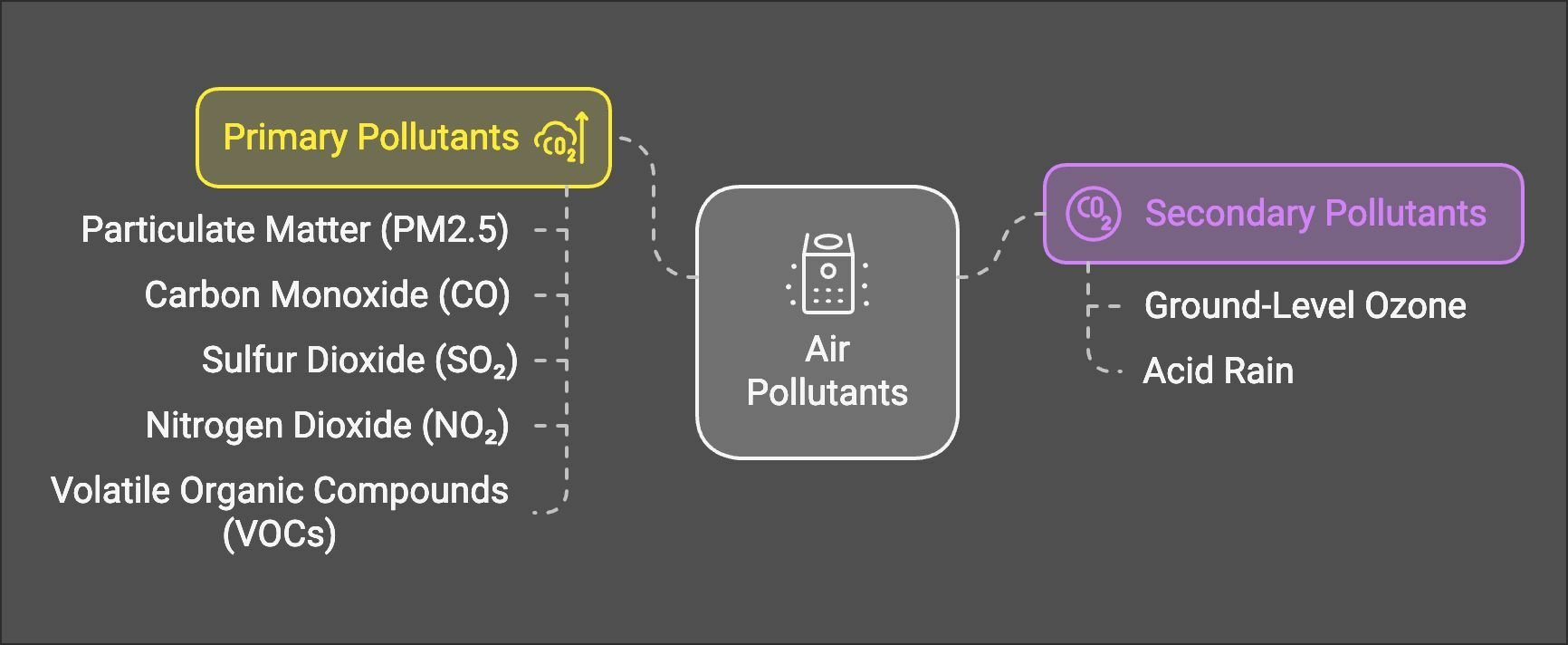
Particulate Matter (PM), or PM2.5, is particularly dangerous due to its ability to penetrate deep into our lungs. Other significant primary pollutants include Carbon Monoxide (CO) from incomplete fossil fuel combustion, Sulfur Dioxide (SO₂) from power plants, Nitrogen Dioxide (NO₂) from vehicle emissions, and Volatile Organic Compounds (VOCs) from everyday products like paints and solvents.
Secondary pollutants, on the other hand, are formed through chemical reactions in the atmosphere at the ground-level ozone, which develops when VOCs react with NO₂ in sunlight, contributing to smog formation. Another crucial secondary pollutant is acid rain, which occurs when sulfur dioxide and nitrogen oxides interact with atmospheric water vapour, damaging the ecosystems below.
Primary pollutants | Secondary pollutants |
| Particulate Matter (PM) | Ground-Level Ozone (O₃) |
| Carbon Monoxide (CO) | Smog |
| Nitrogen Dioxide (NO₂) | Acid Rain |
| Sulfur Dioxide (SO₂): | Peroxyacetyl Nitrate (PAN) |
Bangkok’s air quality crisis stands out as a colossal challenge shaped by both internal and external factors. Within the city, vehicular emissions stand as the primary contributor, compounded by an ageing fleet of diesel vehicles and the city’s dense urban development.
Unfortunately, the city’s geographical location and meteorological conditions work against its favour. The nature of Bangkok’s location means that these pollutants are trapped close to the ground, creating a persistent blanket of contaminated air.
But at an individual level, we can help negate these impacts on our environment. By being mindful of our environmental impact, even through small individual actions, we can collectively contribute to meaningful change in the fight against pollution.
While one person alone cannot solve the global pollution crisis, collectively taking consistent steps to reduce our environmental footprint can create positive ripple effects. These ripple effects will lead to better outcomes for our shared environment for generations to come.
If you’re planning to stay in Thailand long-term, it’s important to protect yourself from health risks like air pollution. Stay safe and stress-free with a solution made for you. Get a free quote now and enjoy a lifetime 10% discount.
FAQs about why Bangkok’s air quality is so bad
What are the primary sources of air pollution in Bangkok?
The main sources of air pollution in Bangkok are vehicular emissions, industrial activities, and agricultural burning. An ageing fleet of diesel vehicles and factories in industrial zones contribute significantly to harmful pollutants in the air.
How do vehicular emissions affect Bangkok's air quality?
Vehicular emissions account for about 60% of Bangkok's PM2.5 pollution. Older diesel vehicles emit high levels of nitrogen oxides and particulate matter, worsening the city's air quality.
What impact does agricultural burning have on Bangkok's air pollution?
Agricultural burning, especially during the dry season, contributes around 18% of Thailand's emissions. This practice releases smoke and particulate matter that deteriorate air quality in Bangkok and surrounding areas.
How does Bangkok's high population density influence its air pollution?
High population density leads to more vehicles on the road and increased industrial activity, both of which raise pollution levels. Dense urban development also traps pollutants, preventing their dispersion and worsening air quality.
What actions are being taken to reduce air pollution in Bangkok?
Bangkok is implementing vehicle inspections to enforce emission standards and promoting cleaner fuels. Efforts also include improving public transportation, reducing industrial emissions, and collaborating regionally to minimize agricultural burning.
Latest Thailand News
Follow The Thaiger on Google News:
